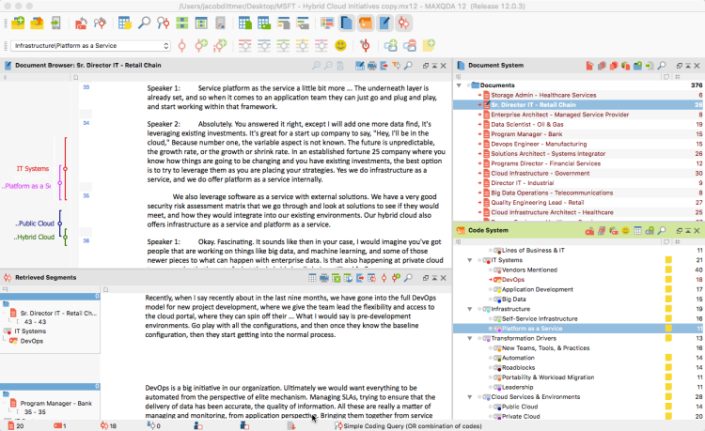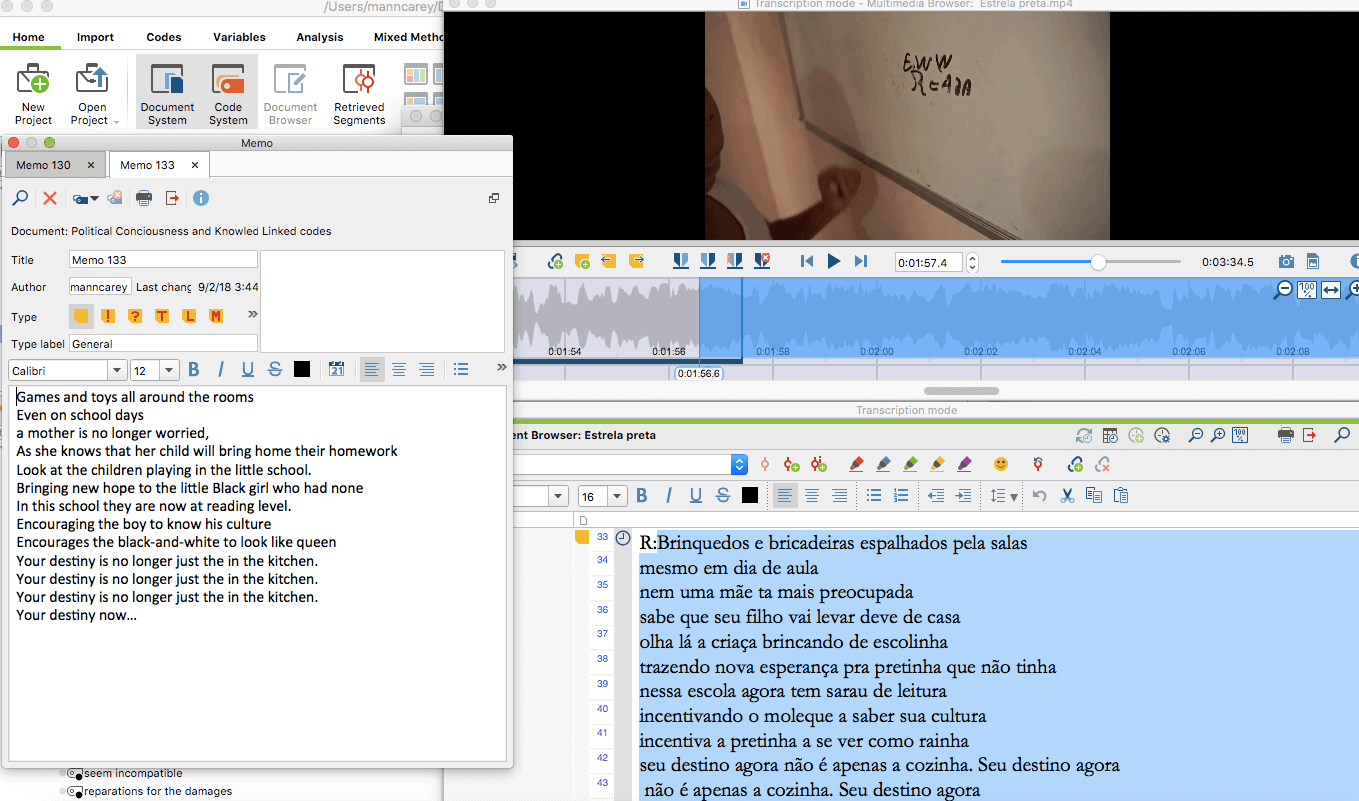

The name of a code is like a label that acts as a tab in the index box.

Codes are like card index boxes that contain index cards to which text passages, parts of images, or video segments are attached and on which a category name is written at the top. In technical terms, a code in MAXQDA is a text of up to 63 characters. Of course, how useful such a catalog is will depend on the complexity and usability of the index system and on the accuracy of the keywords used. These catalogs help you find the right book and at the same time provide an overview of the topics on which the library has many or just a few books.

Codes create order – this can be illustrated by the example of the keyword catalog. Broadly speaking, however, a code is a tool for identifying the content of a document, perhaps classifying it, and making it easier to find it again. What the code represents depends on the task and the given situation. So, what is a “code”, exactly? Libraries have always used keyword catalogs, and researchers in the social sciences should also be familiar with the use of “categories”, for example from the grounded theory approach or from content analyses. This process allows you to, for example, conduct a systematic qualitative content analysis. Coding is the process of assigning one or more codes to a segment that you have selected with your mouse in the “Document Browser”. Coding parts (or “segments”) of a document is one of the core functions of MAXQDA.


 0 kommentar(er)
0 kommentar(er)
